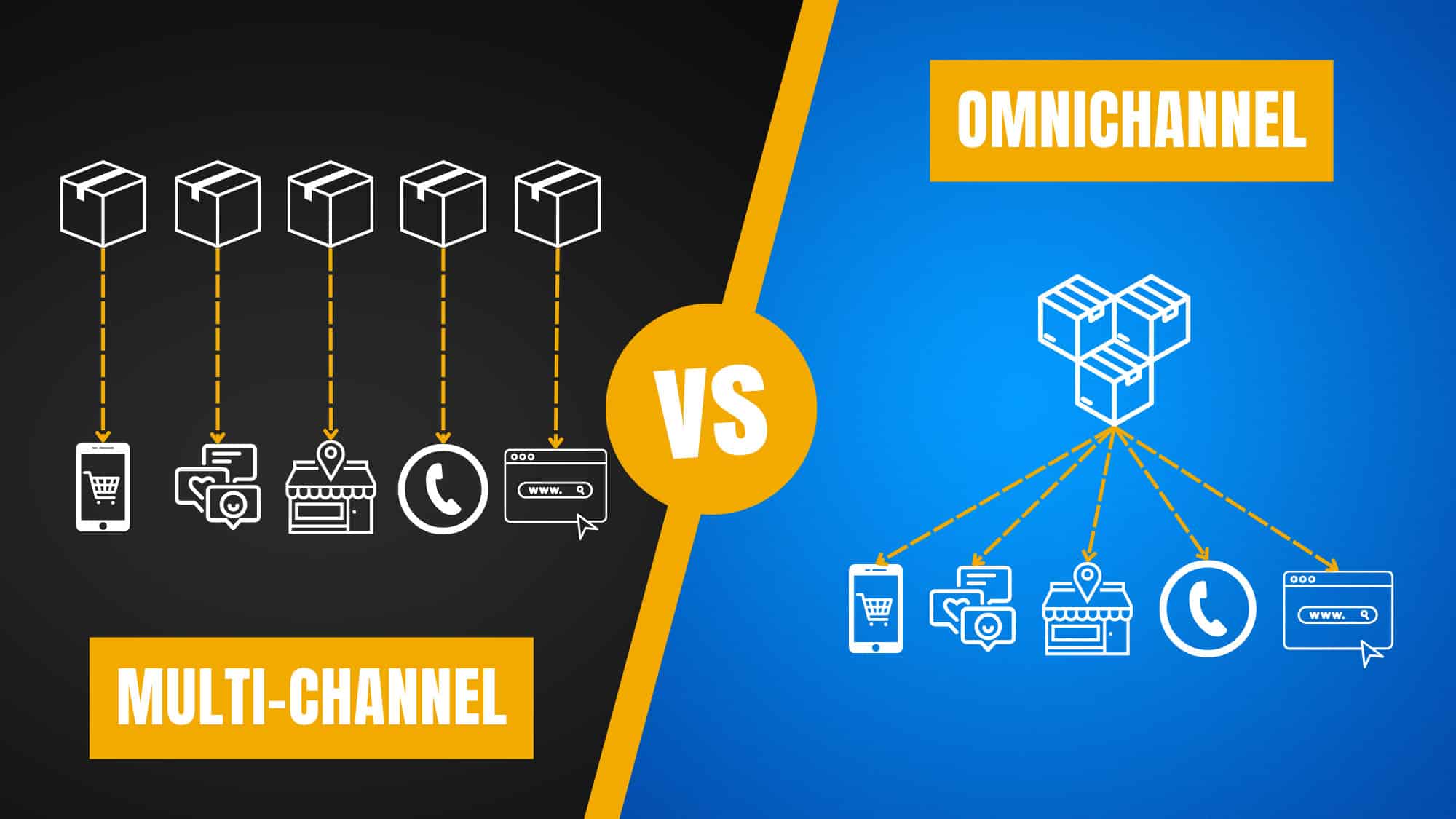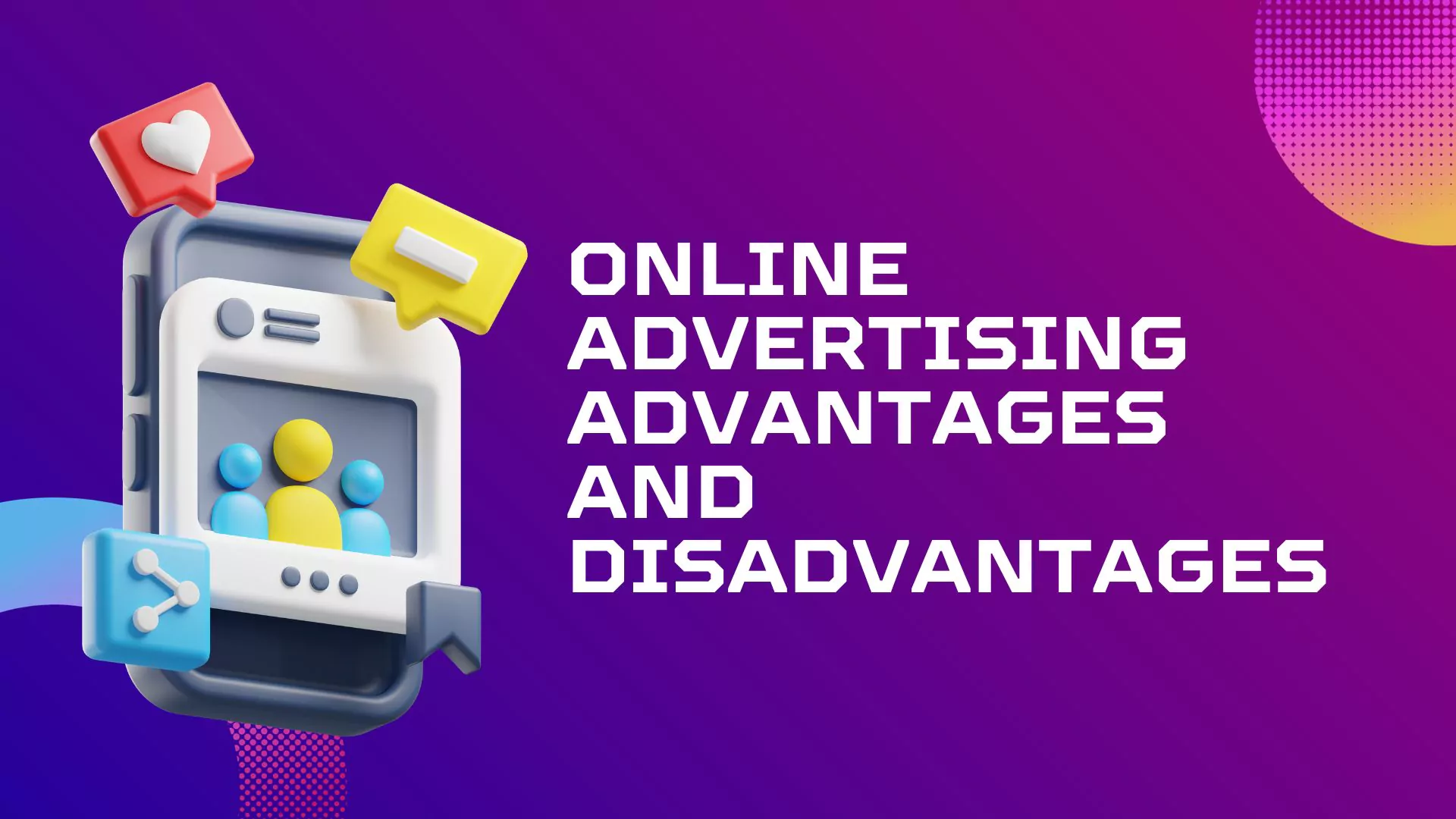Omnichannel vs. Multichannel Advertising: Understanding the Differences
As businesses seek to engage customers more effectively, two popular strategies have emerged: omnichannel advertising and multichannel advertising. While both aim to reach customers across multiple platforms, they differ significantly in their approach, execution, and objectives. Let’s explore what sets these two advertising strategies apart and how each can be leveraged to achieve specific business goals.

What is Multichannel Advertising?
Multichannel advertising involves using multiple, separate channels to communicate with and advertise to customers. The focus is on maximizing the number of touchpoints by being present on different platforms, such as social media, email, websites, TV, radio, and print. Each channel operates independently and may have distinct strategies, content, and messaging tailored to its unique audience and format.
Key Characteristics of Multichannel Advertising:
- Independent Channels: Each advertising channel functions separately with its own goals and tactics. For example, a social media campaign might have a different message and style compared to a television commercial.
- Maximized Reach: The goal is to reach as many potential customers as possible by being active on multiple platforms.
- Channel-Specific Content: Messaging and creative elements are often customized for each channel to suit its format and audience.
Example: A brand may run ads on Facebook, send promotional emails, and place TV commercials, each with different messages tailored to the specific audience of that channel.
What is Omnichannel Advertising?
Omnichannel advertising is a more integrated and holistic approach that focuses on delivering a seamless and consistent customer experience across all advertising channels. It ensures that every interaction a customer has with the brand—whether online, offline, on mobile, or in-store—is connected and part of a unified journey. This strategy leverages data and technology to create a cohesive narrative that follows the customer wherever they go, providing continuity and personalization.
Key Characteristics of Omnichannel Advertising:
- Integrated Channels: All advertising channels are interconnected, working together to create a unified experience. For example, a customer might see an ad on Instagram, visit the brand’s website, and later receive a follow-up email—all conveying the same core message.
- Customer-Centric Approach: The focus is on creating a smooth, personalized experience for the customer, ensuring that the brand’s message and engagement feel consistent and relevant at every touchpoint.
- Consistent Messaging: Advertising content is consistent across all channels, tailored to individual customer preferences and behaviors.
Example: A customer searches for a product on a brand’s website, sees a retargeted ad on social media with a personalized discount, and receives a reminder email with the same offer—all providing a connected experience.
Key Differences Between Omnichannel and Multichannel Advertising
- Approach: Multichannel advertising focuses on maximizing reach by engaging customers through several independent channels. In contrast, omnichannel advertising aims to provide a unified, seamless experience across all channels, with each one complementing the others.
- Channel Coordination: In multichannel advertising, channels often operate independently with separate strategies. Omnichannel advertising, however, integrates all channels to create a cohesive journey, ensuring that every touchpoint works together.
- Customer Experience: Multichannel advertising may lead to a fragmented customer experience, as each channel operates separately. Omnichannel advertising ensures a consistent and personalized experience, enhancing customer engagement and satisfaction.
- Messaging Consistency: Multichannel advertising may have varying messages across different channels, while omnichannel advertising maintains consistent messaging, adapted to customer behavior and preferences.
- Data Utilization: Multichannel advertising uses data independently for each channel. In omnichannel advertising, data from all channels is integrated and used to create a seamless and personalized experience for the customer.
When to Use Multichannel vs. Omnichannel Advertising
- Use Multichannel Advertising When:
- Your primary goal is to increase brand visibility and awareness across a wide audience.
- Each channel requires a different approach and messaging due to its unique audience and format.
- You want to test and optimize different channels independently to find the most effective platform for your advertising.
- Use Omnichannel Advertising When:
- Your goal is to create a cohesive, seamless experience for customers, ensuring that every interaction with your brand feels connected and consistent.
- You want to build stronger customer loyalty by delivering personalized and relevant content across all channels.
- You have access to integrated data that allows for a unified approach, utilizing customer insights to enhance the advertising experience.

Conclusion
Both omnichannel and multichannel advertising are valuable strategies, but they serve different purposes. Multichannel advertising is about expanding reach and being present on multiple platforms, while omnichannel advertising focuses on creating a consistent and unified customer experience across all channels.
Choosing the right strategy depends on your brand’s objectives, the nature of your audience, and the resources available. At MyHoardings, we specialize in developing tailored advertising solutions that align with your business goals, whether that involves reaching customers across multiple channels or providing a cohesive omnichannel experience.
Contact Us Today:
- Email: business@myhoardings.com
- Phone: +91-9953847639
- Website: www.myhoardings.com
Explore the best advertising strategy for your brand with MyHoardings!



